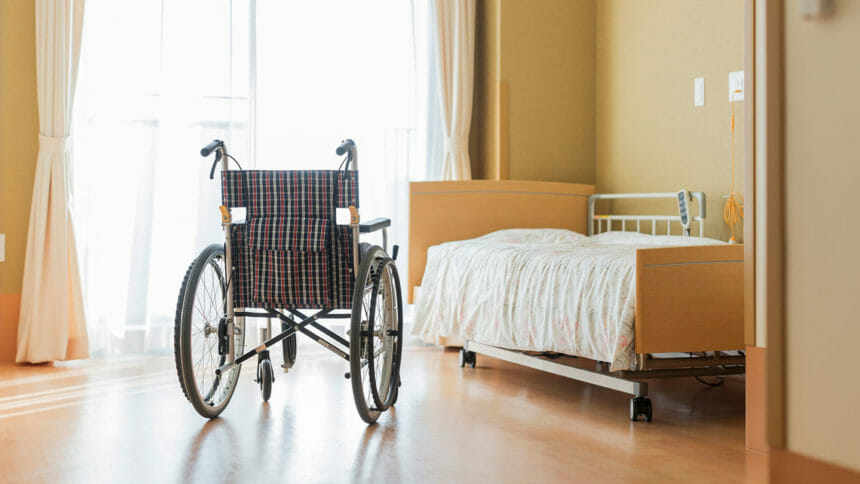
The loss of seven nursing homes and hundreds of beds in a short period of time has set healthcare officials in Montana reeling, even as the state is trying to regain its footing following the brunt of the COVID pandemic.
It’s part of a trend that has seen more than 1,000 nursing homes close since 2015, industry officials said.
In just the past six months, Montana has lost approximately 10% of its nursing home beds. Operators of the closed facilities said they could no longer absorb losses in excess of $100 per resident per day.
The state’s nursing home association places much of the blame on crushing labor costs.
“The workforce shortage was exacerbated by the pandemic,” Rose Hughes, executive director of the Montana Health Care Association, told McKnight’s Long-Term Care News on Tuesday. “The shortage means large increases in wages, benefits, bonuses and other incentives, as well as a significant increase in the use of high-cost agency workers. It also means that facilities are turning away people who need care, because they can’t find or afford enough staff to provide care.”
Hughes also blamed state Medicaid rates that have failed to keep up with costs; reimbursement covers only $212 of the daily $300 most Montana facilities need to break even.
The daily rate increased little more than one dollar over the three years since the pandemic was declared, she told the Daily Montanan. Today, it stands at $212.57 (an increase of just 0.5%.)
Making matters more alarming is the fact that what began as a rural-only trend is now creeping into Montana’s biggest cities. Bozeman’s largest nursing home provider closed, leaving just one 69-bed facility to serve a community of 48,000, which is adding nearly 3,000 people annually.
Nationwide closures increase
Montana is not alone in dealing with a frenetic pace in nursing home closures. Nationwide, more than 1,000 nursing homes have closed since 2015, displacing nearly 45,000 residents, according to a report by the American Health Care Association. Another 400 could go out of business this year if conditions don’t improve, the association has said.
AHCA/NCAL isn’t the only national association sounding alarms.
“If the past two years have shown us anything, it is that our country’s insufficient and fractured aging services infrastructure is in desperate need of an overhaul,” a LeadingAge spokeswoman told McKnight’s. “Medicaid, the dominant payer of long-term care services, doesn’t fully cover nursing homes’ costs — especially the cost of providing quality care. Layer the impact of the coronavirus pandemic and a tight labor market on top of an already underfunded and undervalued sector, and the result is dire — a crisis.”
The staffing crisis needs to be addressed at the national level, said Leading Age president and CEO Katie Smith Sloan.
Industry, top government officials, at odds
Montana’s Hughes said she finds herself disagreeing with the state’s top government and elected officials on several important issues.
While Gallatin County seeks a mill levy to keep many of the lost beds available, those efforts will likely be thwarted by low reimbursement rates and high staffing costs — neither of which have quick solutions.
There’s also a controversial effort to change the state’s long-term care business model entirely, with some key figures calling for a “reimagining” of the system.
Gov. Greg Gianforte (R) and the state’s Department of Public Health and Human Services have told nursing homes that a failed business model and lack of innovation are to blame for facility closures, the Daily Montanan reported.
The Gianforte administration also has advocated for more in-home healthcare and assisted living facilities to fill the gaps left by closed nursing homes.
Hughes said administrators have explained capacity is being limited for a variety of reasons, including the switch to single-occupancy rooms because residents refuse to share rooms; ongoing pressures to keep residents isolated; and a lack of staff needed to maintain mandated staff-to-patient ratios in full buildings.
Short- and long-term solutions?
Hughes is frustrated by what she deems a lack of “urgency” among top state officials to stem the hemorrhaging of nursing home beds.
“The Governor’s office and state Medicaid agency have shown little or no interest in helping in the short term,” she said, referencing a planned rate study that won’t even begin until the middle of next year.



